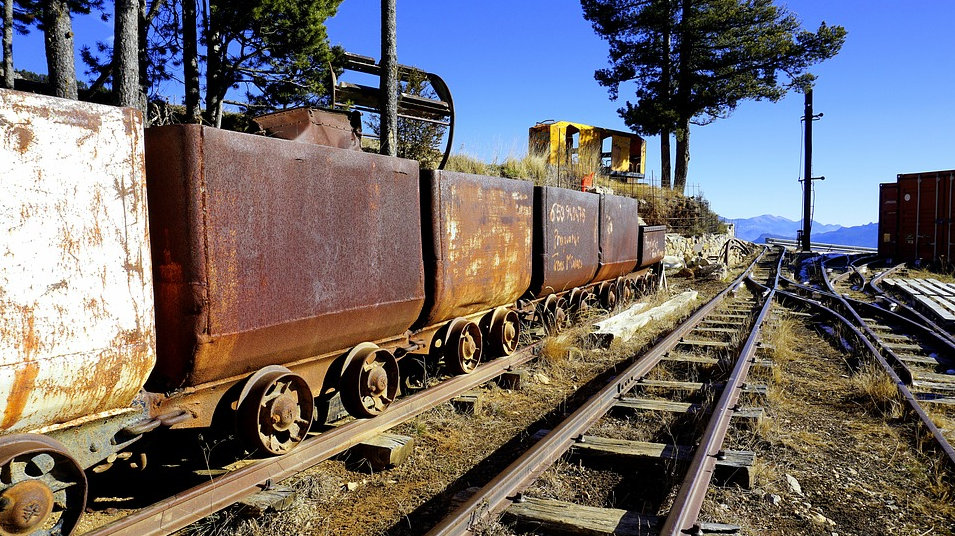The U.S. presidential election is entering the homestretch and investors are gauging the potential investment implications of the candidates’ proposed plans. As I noted in my last blog, amid a bitterly fought campaign, one topic is drawing a fair amount of attention: increased infrastructure spending.
It has been a particular area of focus for both parties and even the Federal Reserve. It is a rare area of agreement between the two presidential candidates, suggesting that whoever wins the election will likely emphasize it in the next administration. Moreover, the phenomenon is not only in the United States, but in other developed countries. Are the stars aligning for significant increased infrastructure projects, and does this have implications for investors? Among the reasons that suggest they may be:
Monetary policy
Central bank actions have been one of the most influential forces in shaping global markets in recent years. Yet we remain in a low growth environment, which raises the question: “Has monetary policy run its course in the current cycle?” The lack of growth momentum and weakened fundamentals around the globe suggest so.
Economic need
Given low economic growth, as well as the weak state of the nation’s infrastructure, using federal aid to repair bridges and roads and other projects could be a means of increasing productivity and fostering economic growth. See the chart below. In addition, infrastructure spending could help lift labor participation rates thus narrowing the gap between labor mismatch and labor productivity.
Depending on the type of project, infrastructure has the potential to create a positive multiplier effect on markets from an economic perspective. In the short term, infrastructure projects could provide private sector growth and jobs, thus potentially leading to increased tax revenues and a boost in consumer confidence and consumption. As a recent report from the BlackRock Investment Institute suggests, an increase in government spending can add up to 2% to gross domestic product (GDP), depending on where in the economic cycle the spending occurs. (Not surprisingly, it is likely more effective when it comes in a recession.)
Low funding costs
Large scale central bank bond purchase programs have pushed yields to all-time low (Source: Bloomberg), and in many cases, negative. While this has created challenges for investors, particularly those who require income, the low interest rate environment means the cost to finance infrastructure projects through government debt is far less than in years past.
This renewed focus on longer-term fiscal policy measures like infrastructure is not unique to the United States. In July, Japan announced a new ¥28 trillion stimulus package, of which ¥13.5 trillion is earmarked for a variety of fiscal policy initiatives centering on public infrastructure projects such as upgrading port facilities and building new food-processing plants that help boost food exports.
Similarly, the UK, facing the possibility of an economic slowdown—or even its first recession since the financial crisis—appears ready to incorporate aggressive stimulus beyond monetary measures. Like the U.S., minimal public resources have been allocated to infrastructure over the past decade. Private sector infrastructure spending in the UK is also drying up as a result of uncertainty around Brexit. The number of contracts aimed toward infrastructure-like initiatives is down by 23% over the past year (Source: Office for National Statistics, UK, June 2016).
In short, a combination of factors have created a compelling case for infrastructure investment. Should these scenarios unfold, equity sectors and industries related to infrastructure activities like industrials or transportation in the U.S. specifically, may stand to benefit. However, the timing and level of impact remain to be seen. It is important to recognize that how infrastructure projects are funded can mitigate some of the multiplier effect. For the U.S. in particular, it is also important to recognize that whoever wins the election could still face a divided government, raising questions about how quickly a bill could get passed, and how large a bill it would be.
To gain exposure to global infrastructure companies, investors may want to consider the iShares Global Infrastructure ETF (IGF). For U.S. exposures, investors may consider the iShares Transportation Average ETF (IYT) or the iShares U.S. Industrials ETF (IYJ).
Build on insight, by BlackRock written by Heidi Richardson




